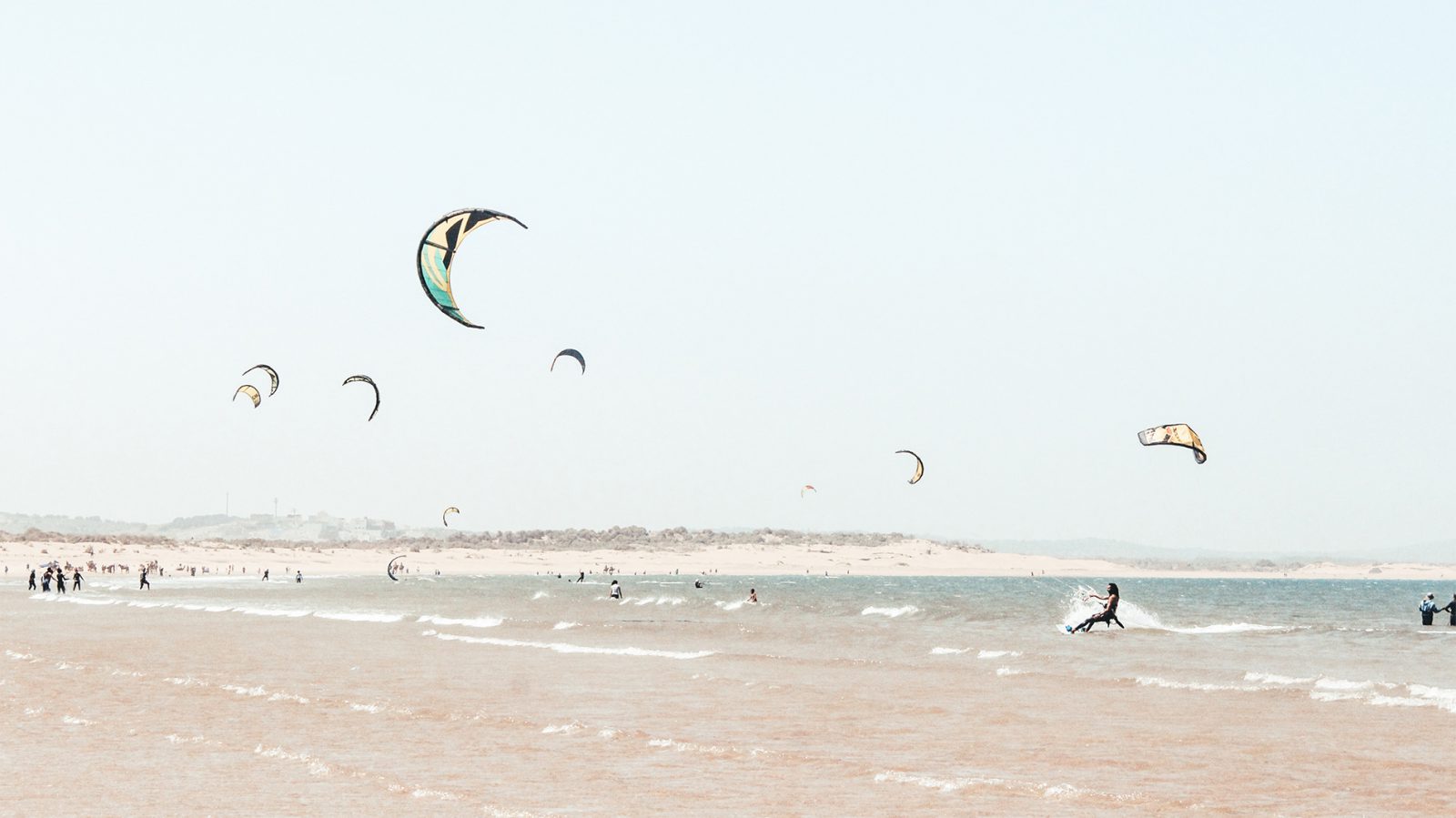Predominant rideable winds on the Adelaide coastline are South/Southwesterly seabreezes in summer afternoons, and intermittent northerlies during winter.
Seabreezes are generally SW along the metro and mid coasts and kick in around late October until early April. On the south coast, predominant seabreezes are SE, which also works a treat.
Winter brings on the Northerlies when the fronts come through and can carry for a couple of days. Big wind, big air, all good. It can also flick up some southerlies with the tail and even if the speed isn’t there the dense cold air can still pack a punch.
Spring and Autumn are a mixed bag and generally pretty average. You just have to ride where the wind is working. Just keep an eye on the wind readings and be prepared to dump your plans to head out.
Darren one of our valued KSA committee members, has put together a document with some useful stuff about weather and kitersurfing. Just click here: Weather
A note on riding in storms and heavy weather, particularly in winter
(adapted from www.seabreeze.com.au)
- Winter (cold) winds are more dense than warm winds so for a given wind speed, your kite will produce more power in cold winds than in the same windspeed in warm winds. The difference can be quite noticeable.
- Non convectional winds (not seabreezes) or frontal winds, are not smooth. They are usually very gusty and can vary significantly in force and direction. You can expect gusts to be up to 50% stronger than the average windspeed.
- Seabreeze and BOM give forecasts of expected AVERAGE wind speeds, not the maximum gust strength, so anticipate the potential 50% stronger spikes in wind speed, especially in squalls when choosing your kite size
- Carry out a close inspection on your bar and lines and any pulleys and bridle lines on your kite BEFORE you launch. People have been badly injured by lines or parts failing in close proximity to land. Imagine you are about to water start 5m from the beach in 30 knots of cold wind when your starboard steering line snaps and your kite loops towards the beach
- Be very careful of lofting accidents when near high sloped banks along the waters edge etc. Strong gusts in onshore conditions can be deadly. If necessary, release the kite to safety, forget self landing
- Do not go out when you see lightning. It may cost you your life
- Keep an eye on fronts moving in. A squall looks like a large patch of low hanging, dark looking rain clouds, moving in fast from where the wind is coming from and sometimes paired with lightning. Often a curtain of rain will smudge out the horizon. These fronts or squalls can radically change direction of the wind for short periods of time (5 min to 1/2 hour or longer). It can be safe and fun between the squalls, but it is best to land and wait out the squalls if not 100% confident, even then, head away from land.
- Squalls can increase wind strength by 100% ie 20 knots becomes 40 knots in a matter of less than a minute. Keep your eyes on the approaching weather, it comes on quickly at times! If you can make it in before it hits, bring your kite down low and release to safety on the beach. If on the water, avoid coming back in to land your kite at this stage, as this can prove very dangerous. Keep kite low and drop it into the water on the edge of the wind window and keep a little tension on the back lines to prevent inversion. Avoid hard objects and wait out the squall. They generally do not last long and get back to land when safe to do so.
- Use a flagging safety leash and dependable safety system, suicide leash setups are inappropriate for winter conditions when approaching the beach or launching. Accidents happen quickly on land so be ready to dump to flagging safety at all times on terra firma.
- Do not kite alone and let someone know where you go. Assess the conditions and listen to your intuition, if you don’t feel 110% right, sit and watch, and live to kite another day. Remember someone loves you and wants you to come home in one piece.
Good winds and safe riding

